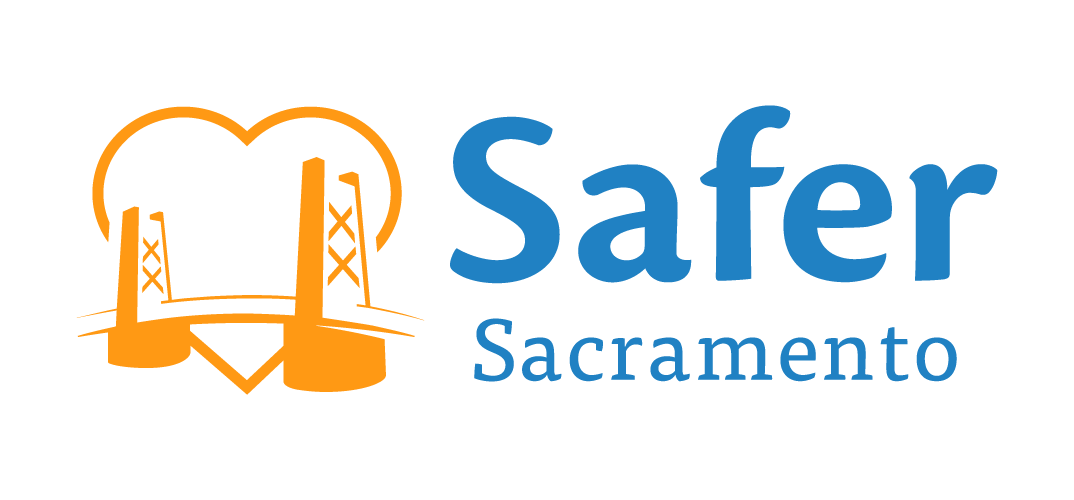The Silent, Shadowed Rise of Meth
While the rise in fentanyl and other opioid-related deaths is garnering much-needed attention and resources, the rate of fatal overdoses involving meth and other stimulants has also increased significantly, with deaths relating to meth frequently associated with polysubstance use – often a combination of meth and fentanyl. According to the CDC, deaths from methamphetamine overdoses more than doubled between 2015 and 2019—from 2.1 to 5.6 per 100,000. About 2 million people aged 12 years or older use meth in any given year, while about 500 people each day try meth for the first time. Despite these alarming statistics, focused public health discussions and targeted allocation of resources addressing meth and cocaine have lagged.
Understanding Meth and its Misuse
Methamphetamine is a highly addictive synthetic drug that stimulates the central nervous system, leading to increased energy, alertness, and release of the feel-good chemical dopamine in the reward areas of the brain. Meth also stimulates the central nervous system, causing agitation, sleeplessness, psychosis, and damage to the heart, brain, and other organs.
The growing prevalence of meth started in the 90s. It continued into the early 2000s leading to regulations and restrictions on pseudoephedrine, a common over-the-counter cold medicine, used in home labs. Now, Mexico-based groups, who are estimated to control 70%-90% of meth production and distribution in the U.S., are using a different recipe to mass produce a cheap and highly pure and potent product – a “super meth.” This increase in product availability and higher potency correlates with the relatively recent rise in meth-related SUDs and deaths. While use has historically been higher in the West and Midwest, overall use and an increase in the deaths related to meth use is spreading to other parts of the country.
Treatment and Prevention
There are currently no government-approved medications to treat methamphetamine use disorder and unlike opioids, there is no way to reverse the effects of a meth overdose. Because people who are using meth are often also using other substances, figuring out an effective treatment plan can be particularly tricky. People addicted to multiple substances can be far more resistant to going into treatment than single-substance users. Nearly 50% of adults using methamphetamine in the past year met the criteria for methamphetamine use disorder, but fewer than one-third of those adults received substance use treatment. Research also indicates a high rate of co-occurring mental illness among individuals who use meth. These findings emphasize the importance of a comprehensive treatment plan:
Behavioral Therapies: Evidence-based behavioral therapies have shown promise in treating methamphetamine addiction. Cognitive-behavioral therapy (CBT) helps individuals identify and modify patterns of thinking and behavior associated with drug use. Contingency Management (CM) offers tangible rewards for maintaining abstinence and encouraging positive behaviors.
Medication-Assisted Treatment (MAT): While no FDA-approved medications specifically target methamphetamine addiction, research is ongoing. Some medications, like naltrexone and bupropion, have shown potential in reducing cravings and promoting abstinence. However, further studies are needed to establish their efficacy conclusively.
Support Groups: Peer support is invaluable in the recovery process. Support groups provide individuals with a platform to share experiences, seek advice, and build a community that understands the challenges of methamphetamine use disorder.
Harm Reduction: Offering evidence-based harm-reduction services that are tailored for methamphetamine users can be invaluable. This may include offering clean pipes and syringes, vaseline to reduce cracked lips and disease transmission, and condoms to encourage safe sex practices.
Education and Awareness: Interventions focusing on school-community-university partnerships have shown promising results for youth. Comprehensive education initiatives targeted at schools, communities, and healthcare professionals can increase awareness about the dangers of methamphetamine use.
Community Outreach Programs: Engaging with communities through outreach programs can provide support and resources to individuals at risk of methamphetamine use. These programs may include counseling services, educational workshops, mental health screenings, and access to treatment resources.
Conclusion
The rise in methamphetamine-related deaths is a concerning trend that we cannot allow to be overshadowed by the opioid crisis – it demands urgent attention and a comprehensive approach. The understanding of meth and its misuse, including the shift to the production of a more potent "super meth," coupled with the complexities and increased risks associated with polysubstance use, highlights the need for multi-faceted treatment and prevention efforts to save lives, reduce harm, and raise awareness about the dangers associated with this highly addictive substance.
There is always a path forward! If you or someone you know is struggling with methamphetamine use, know there are resources and supports available! Visit us at Safer Sacramento for help.

